Which of the following si most reactive toward SN2 reaction ?
CH2=CH−CH2−Cl
Ph−CH2−Cl
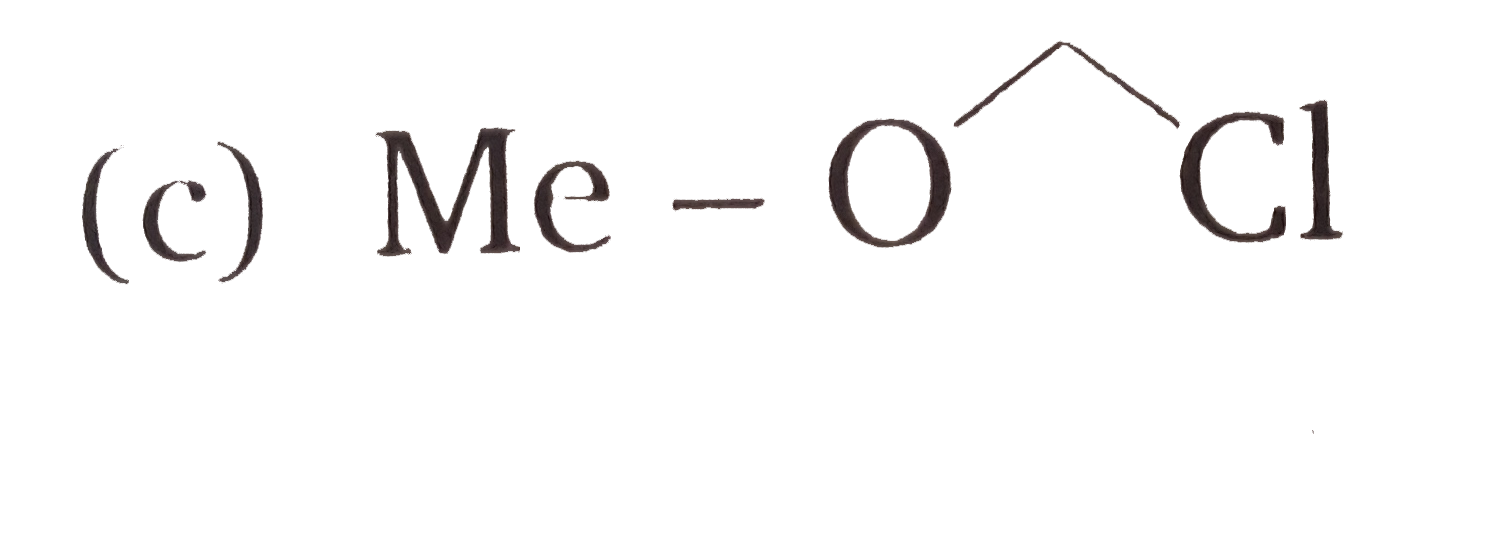
Ph−C∣∣O−CH2−Cl
The correct Answer is:d
To determine which of the given compounds is most reactive toward an SN2 reaction, we need to analyze the structure of each compound and consider factors that affect SN2 reactivity, such as steric hindrance, the nature of the leaving group, and the ability of the nucleophile to attack the electrophile.
1. Identify the Compounds:
Let's denote the four compounds as A, B, C, and D. We need to assess their structures and the substituents attached to the carbon that is undergoing substitution.
2. Evaluate Steric Hindrance:
SN2 reactions involve a backside attack by the nucleophile on the carbon atom attached to the leaving group. Therefore, steric hindrance plays a crucial role. Primary carbons are more reactive than secondary, and tertiary carbons are the least reactive due to steric hindrance.
3. Analyze the Leaving Group:
The ability of the leaving group to depart is also critical. A good leaving group (like Cl−, Br−, or I−) will enhance the reactivity of the substrate. If all compounds have the same leaving group, we can focus on sterics and nucleophilicity.
4. Consider Resonance Effects:
If any of the compounds have substituents that can stabilize the transition state through resonance, this can also increase the reactivity. For example, if a compound has a phenyl group or another electron-withdrawing group, it may stabilize the transition state.
5. Compare the Compounds:
- Compound A: If it has a primary carbon with a good leaving group, it will be very reactive.
- Compound B: If it has a benzene ring, the resonance may stabilize the transition state but also create steric hindrance.
- Compound C: If it has an oxygen atom or another electronegative atom, it could stabilize the transition state but also create steric hindrance.
- Compound D: If it has a tertiary carbon, it will be the least reactive due to steric hindrance.
6. Determine the Most Reactive Compound:
After analyzing the steric hindrance and resonance effects, the compound with the least steric hindrance and a good leaving group will be the most reactive toward SN2 reactions.
Conclusion:
Based on the analysis, the compound that has a primary carbon with a good leaving group will be the most reactive toward SN2 reactions.
---
Let's denote the four compounds as A, B, C, and D. We need to assess their structures and the substituents attached to the carbon that is undergoing substitution.
SN2 reactions involve a backside attack by the nucleophile on the carbon atom attached to the leaving group. Therefore, steric hindrance plays a crucial role. Primary carbons are more reactive than secondary, and tertiary carbons are the least reactive due to steric hindrance.
The ability of the leaving group to depart is also critical. A good leaving group (like Cl−, Br−, or I−) will enhance the reactivity of the substrate. If all compounds have the same leaving group, we can focus on sterics and nucleophilicity.
If any of the compounds have substituents that can stabilize the transition state through resonance, this can also increase the reactivity. For example, if a compound has a phenyl group or another electron-withdrawing group, it may stabilize the transition state.
- Compound A: If it has a primary carbon with a good leaving group, it will be very reactive.
- Compound B: If it has a benzene ring, the resonance may stabilize the transition state but also create steric hindrance.
- Compound C: If it has an oxygen atom or another electronegative atom, it could stabilize the transition state but also create steric hindrance.
- Compound D: If it has a tertiary carbon, it will be the least reactive due to steric hindrance.
After analyzing the steric hindrance and resonance effects, the compound with the least steric hindrance and a good leaving group will be the most reactive toward SN2 reactions.
Based on the analysis, the compound that has a primary carbon with a good leaving group will be the most reactive toward SN2 reactions.
Topper's Solved these Questions
Similar Questions
Knowledge Check
Which of the foollowing is most reactive toward SN2 reaction ?
A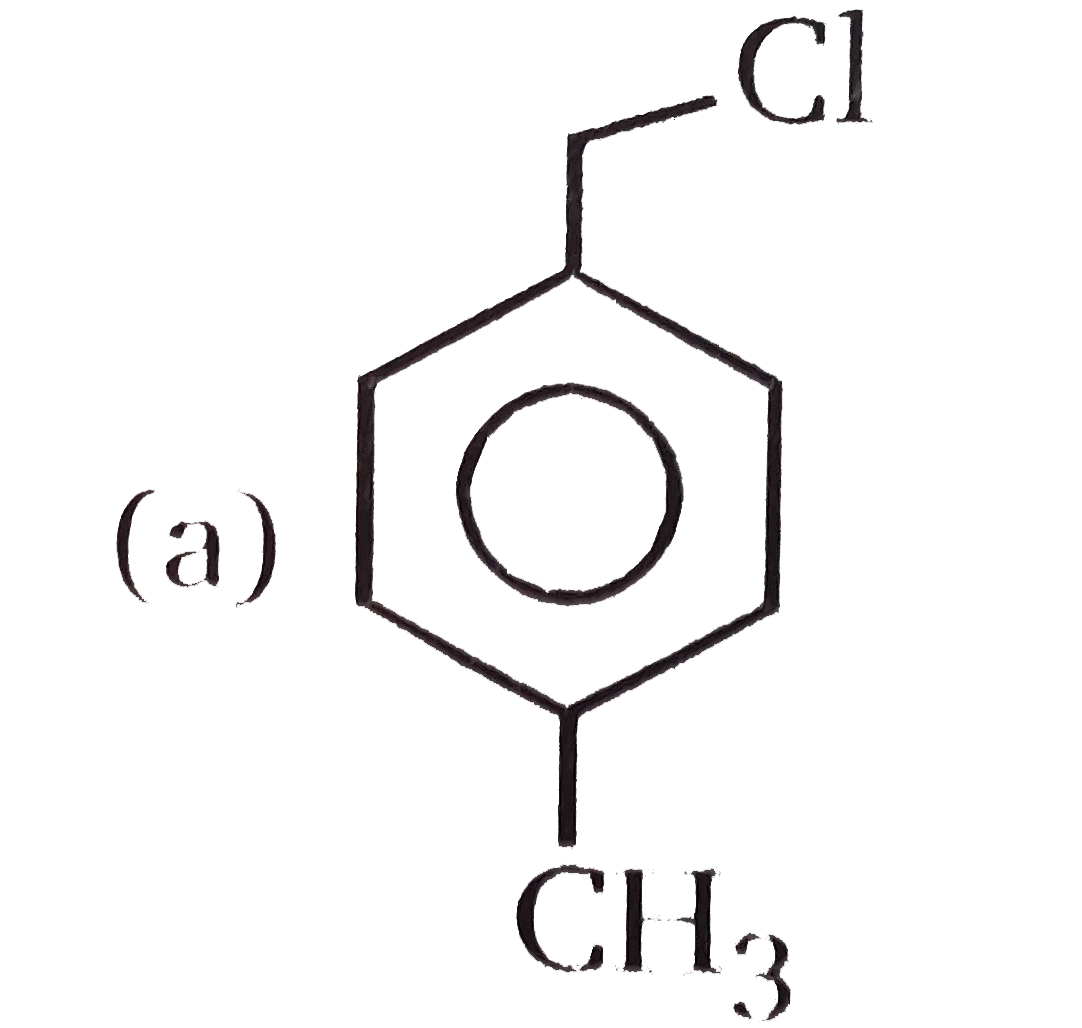 B
B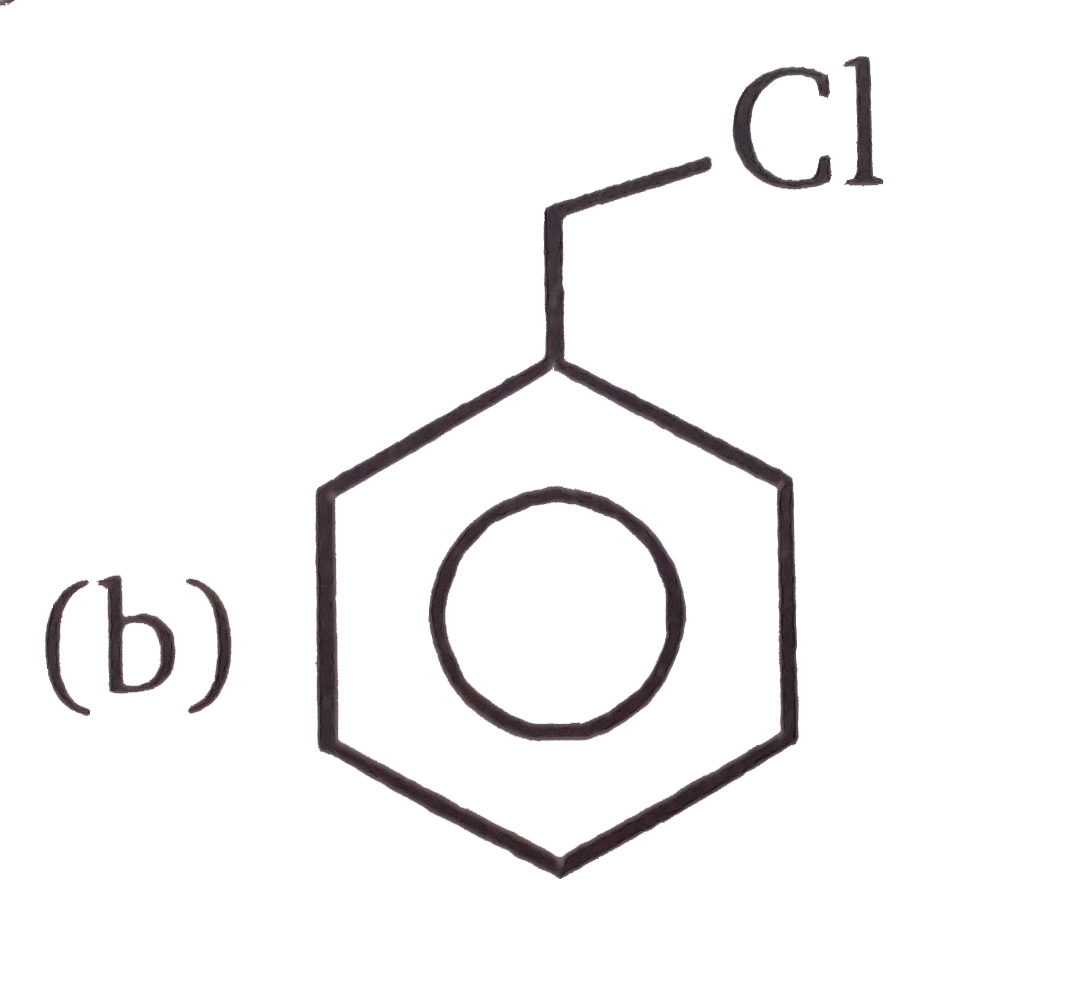 C
C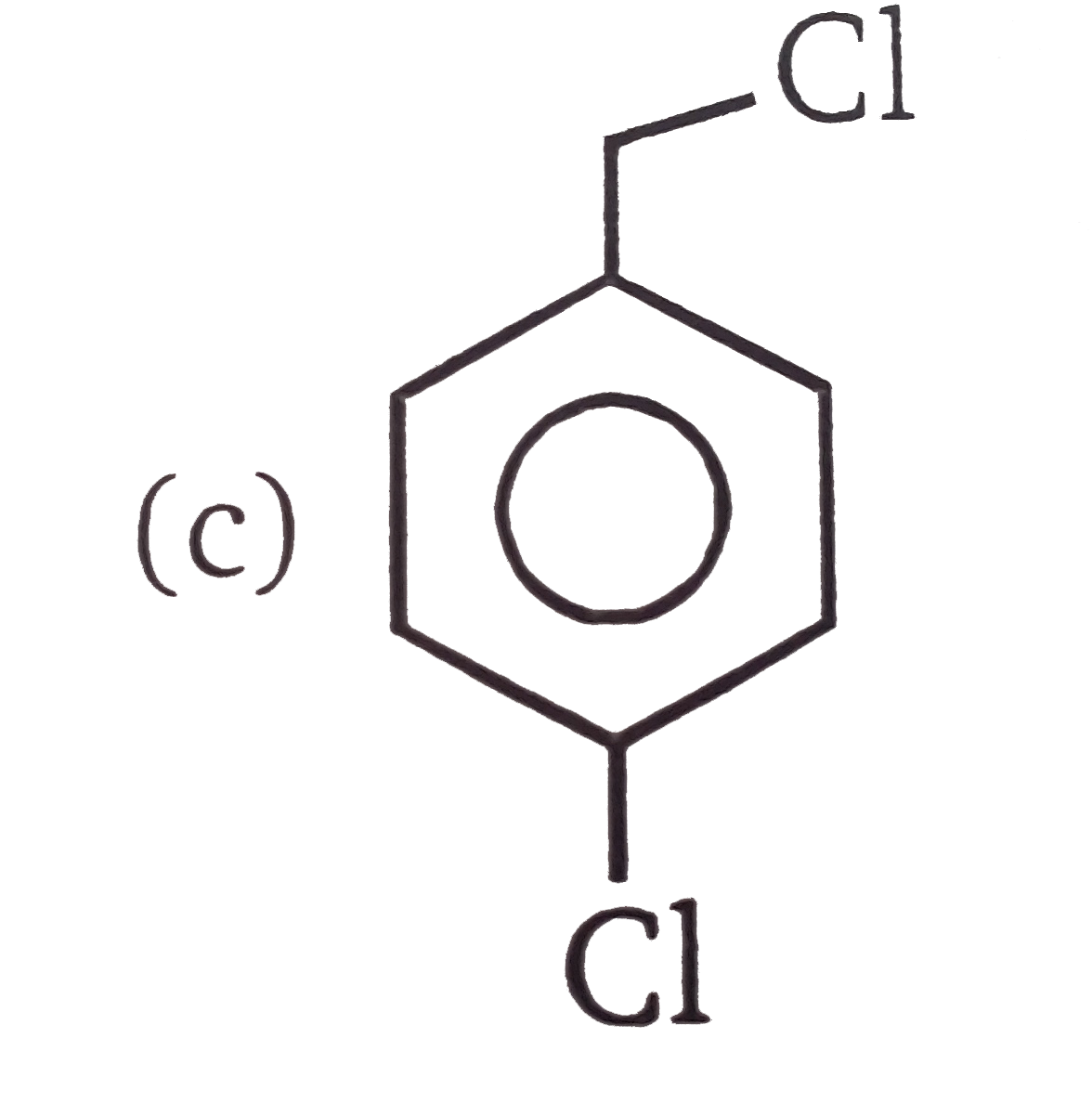 D
D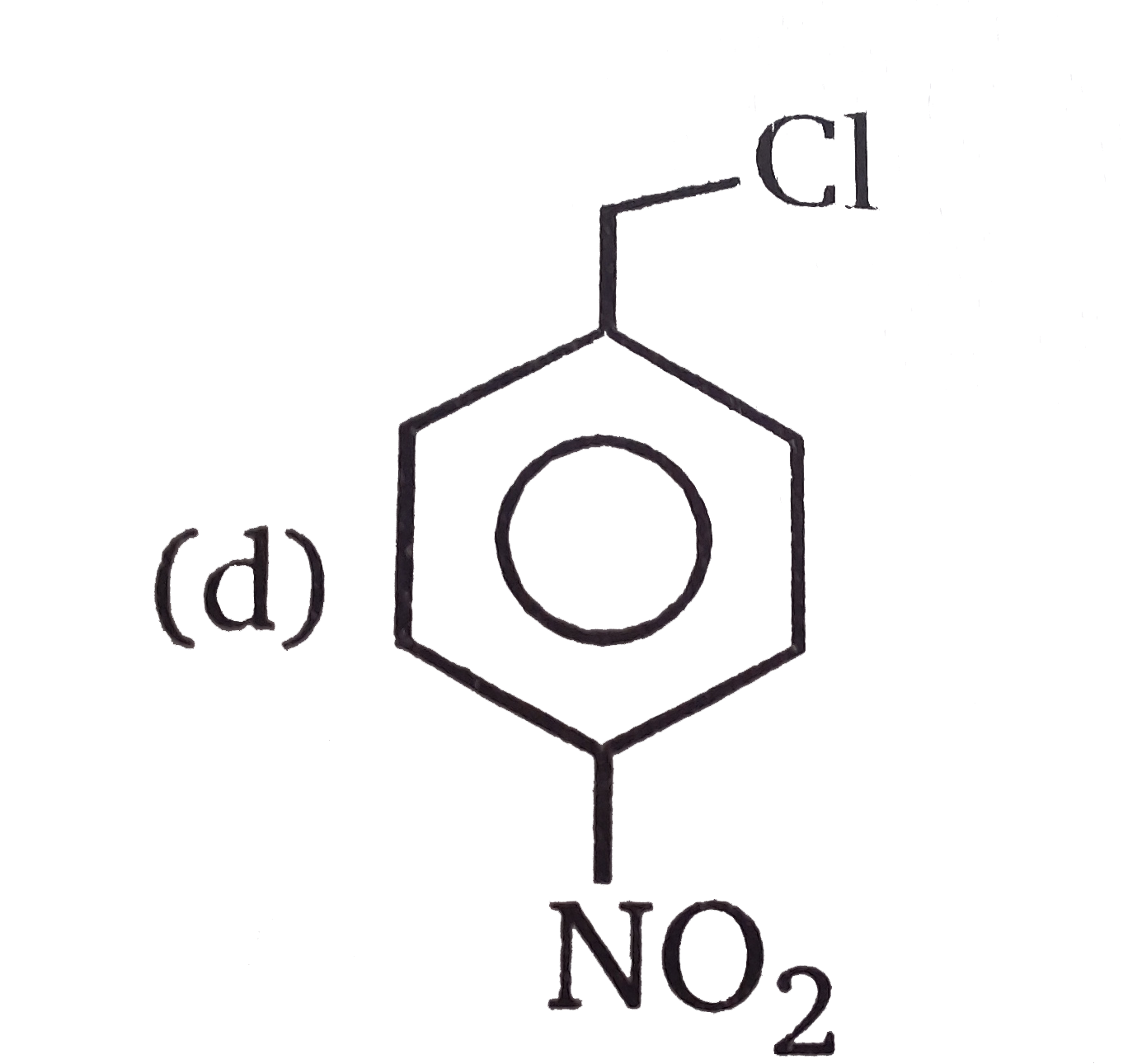
Which of the following is most reactive toward SNAr :
A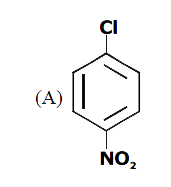 B
B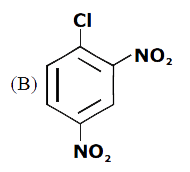 C
C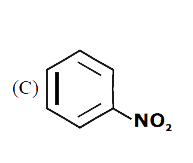 D
D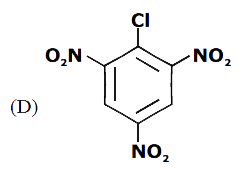
Which of the following is most reactive towards SN1 reaction?
AC6H5C(CH3)C6H5BrBC8H5CH2BrCC6H5CH9(C6H5)BrDC6H5CH(CH3)Br
Which of the following is most reactive towards SN2 reaction?
CH3Br,(CH3)2CHBr,(CH3)3CBr
View SolutionWhich of the following is most reactive toward SNAr?
View SolutionWhich of the following is most reactive toward SNAr?
View SolutionWhich of the following is the most reactive towards SN1 ?
View SolutionWhich of the following is least reactive towards SN2 reaction ?
View Solution
